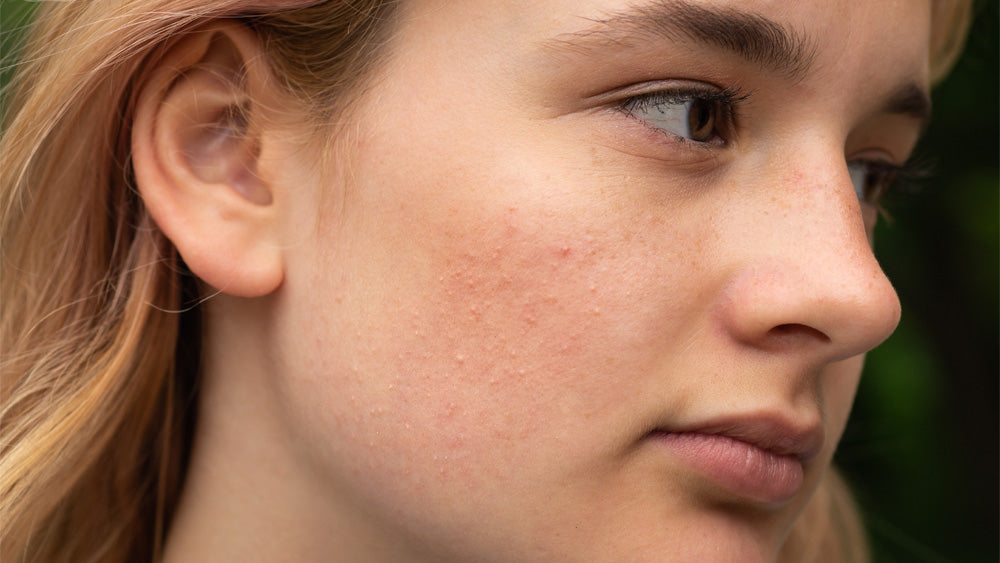Introduction: Rosacea is a chronic and relapsing skin condition predominantly affecting the central face, characterised by episodes of flushing, persistent erythema, and a spectrum of clinical signs including telangiectasia, papules and pustules. The exact cause of rosacea remains unclear, but it is thought to involve a complex interplay of genetic, environmental, and vascular factors compounded by skin barrier dysfunction and possibly the presence of microorganisms.
What Causes Rosacea?
While the precise cause of rosacea is not fully understood, several contributing factors have been identified:
- Genetic predisposition: Many individuals with rosacea have a family history of the condition, suggesting a hereditary component.
- Environmental triggers: Exposure to sun, extreme temperatures, wind, and humidity can exacerbate symptoms.
- Vascular irregularities: Abnormalities in facial blood vessels can cause increased blood flow and the appearance of redness.
- Microbial factors: The presence of skin mites like Demodex folliculorum and bacteria like Helicobacter pylori are thought to play a role.
- Inflammatory pathways: Immune system responses and the release of inflammatory cytokines may contribute to the condition.
- Neurovascular dysregulation: Sensory nerves may influence skin inflammation and vascular changes.
Strategies to Manage Rosacea:
Effective management of rosacea involves both lifestyle modifications to avoid triggers and medical treatment:
- Trigger Identification and Management:
- Avoid known triggers such as hot drinks, spicy foods, alcohol, and stress.
- Protect the skin from extreme temperatures and harsh weather conditions.
- Skin Care Regimen:
- Use gentle, non-irritating skin care products designed for sensitive skin.
- Daily use of sunscreens with broad-spectrum coverage and physical blockers like zinc oxide or titanium dioxide can help reduce flare-ups.
- Medical Treatments:
- Topical treatments: Metronidazole, ivermectin, and azelaic acid are commonly prescribed to reduce inflammation and redness.
- Oral medications: Antibiotics like doxycycline or low-dose isotretinoin may be used for more severe cases.
- Laser and light-based therapies: Procedures like vascular laser or intense pulsed light (IPL) can help reduce visible blood vessels and persistent redness.
- Lifestyle Adjustments:
- Incorporate stress-reducing techniques such as yoga, meditation, or regular exercise.
- Maintain a balanced diet, rich in anti-inflammatory foods and omega-3 fatty acids.

